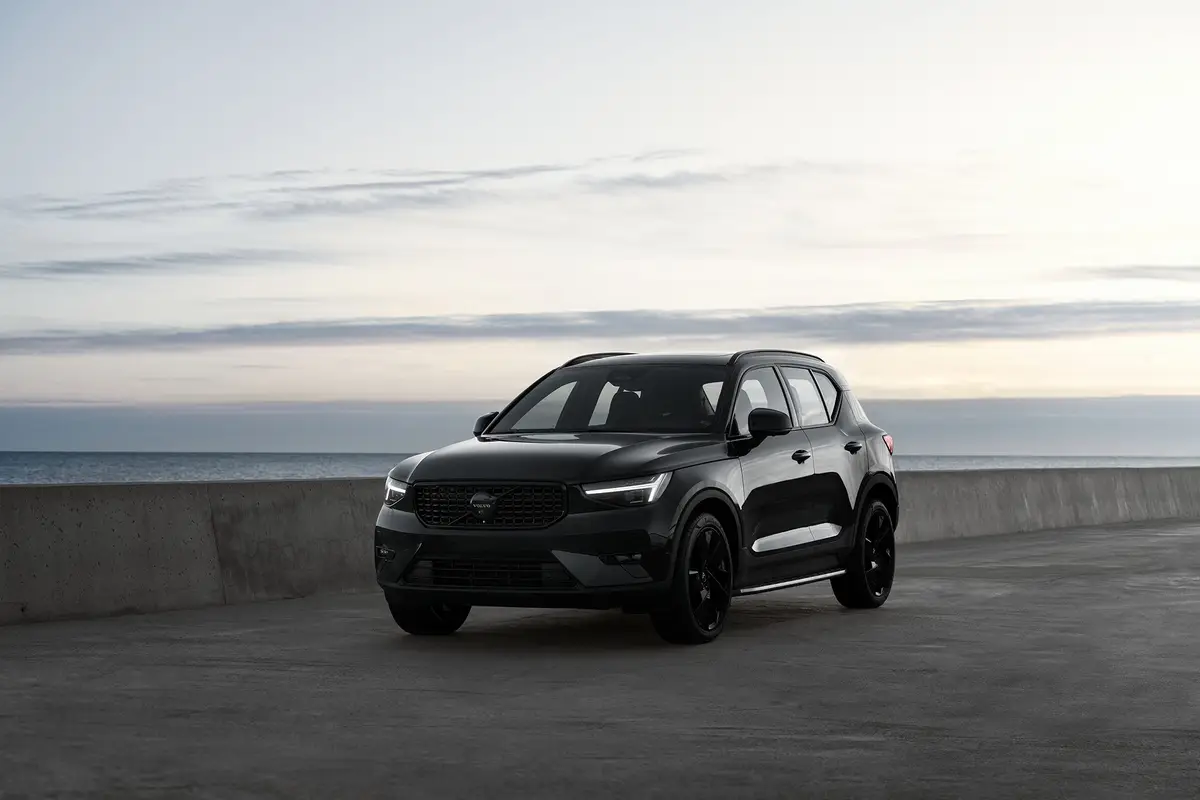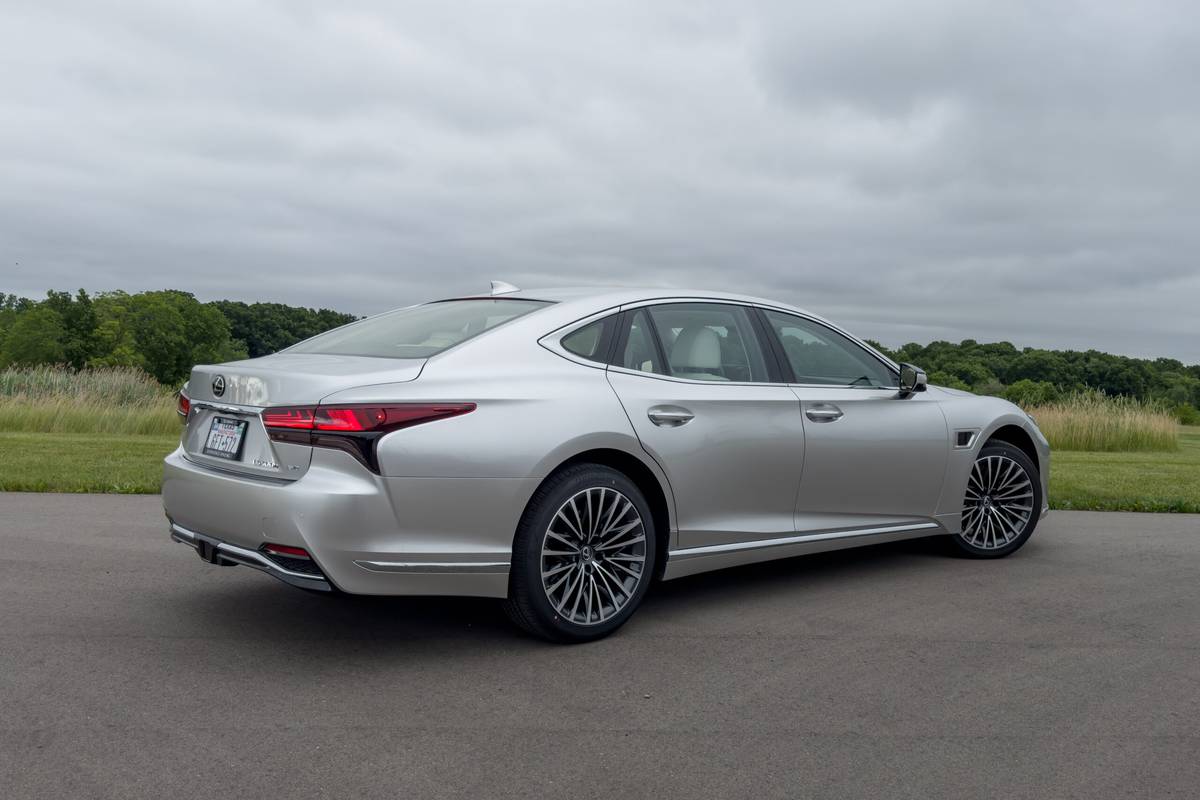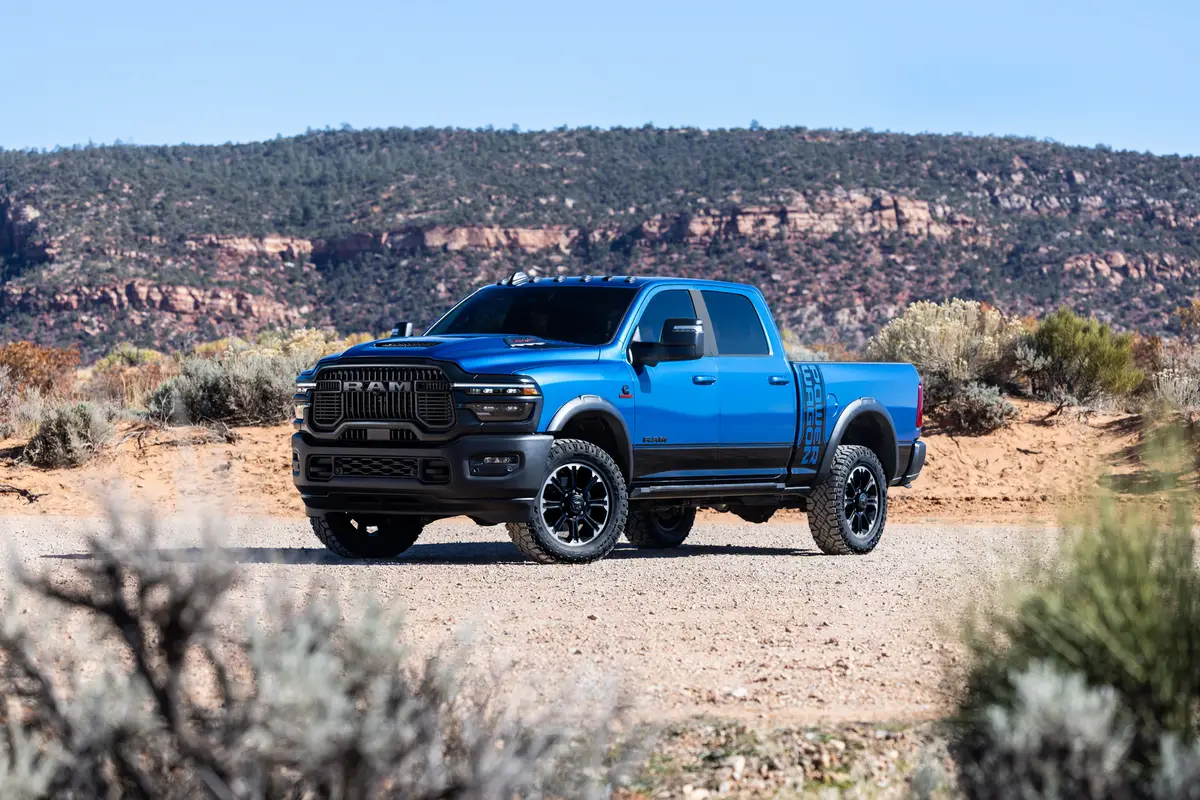KansasCity.com's view
Like the Baby Boomers it has charmed for more than a quarter of a century, the Corvette has grown up into a mature sports car.
As I tromped the throttle of this bright red 1997 Corvette, images of my first Corvette experience flashed through my mind like a videotape on fast forward. It was late at night on a country road in central Illinois, and a friend let me drive his black 1963 Sting Ray, which he bought with his grandmother’s inheritance. By the time I hit third gear, his fuel-injected coupe felt like a fighter plane ready for lift-off. Skinny wheels skimmed the asphalt with minimal grip, and it seemed I could hardly see over the rising hood. My whole body shivered from the adrenaline. It was scary.
Now, more than 30 years later, exploring the 345 horsepower of the fifth generation Corvette (C5) is a far cry from that warm summer night in 1963. It may not have the same nervous idle, or the deeply rumbling basso exhaust of its forebears, but it is better in every way. Faster, too, and it never quite feels like it is running out from under you the way the older model did.
Although the date has not yet been set, look for the new model to be available at dealers in latter part of February. Base price will be $38,060, which is $275 more than the current model, but includes about $1,200 more standard equipment. A convertible will come in 1998, as will a fixed-roof basic model with a lower price.
This new car enters a segment that is shrinking. Nissan’s 300ZX and Mazda’s RX-7 are no longer players. Mercedes-Benz and Porsche each have new roadsters coming, but their level of power and performance are not as strong as the Corvette.
The C5 is technologically a giant step forward, even from the last model, which first bowed as a 1984. Now it is a bonafide, world-class sports car whose exhilarating performance is tempered by excellent road holding, traction control, anti-lock brakes and greater comfort.
It has an aluminum engine, new frame, bigger brakes and run-flat tires. It slips through the air with a class-leading .29 coefficient of drag, and you can put two sets of golf clubs in the trunk. Overall weight is down by 69 pounds.
The new body’s shape is sinuous and subtle, with double bumps in the roof and a side scoop that mimics Vettes from the late 1950s. It looks much better in person than in photographs. The design is so magnetic that a teenager from my neighborhood made a U-turn and followed me home to get a closer look. As I was gassing up in a station someone remarked, “It looks like it’s going 100 miles per hour just sitting there.”
New powerplant
A hulking V8 has always been a Corvette’s trademark, and this one continues with a completely new engine made of aluminum. Even though it has the same 5.7-liter displacement as the engine it replaces, it is much different. The cylinder heads no longer have siamesed intake valve ports, the block is stiffer and there is an extended oil pan desi gned to provide adequate lubrication during hard cornering.
Its 345 horsepower is 15 more than the latest LT1. The intake manifold is a plastic composite material, and the fully electronic, “drive by wire” throttle is the first on a production car. Traction control and cruise control are integrated into this unit as well.
The transmission, either six-speed manual or four-speed automatic, is now mounted in back in tandem with the rear axle for better weight distribution and more foot room in the cockpit.
Our test car was equipped with the six-speed manual gearbox, and except for some minor driveline whine it was a delight. The new engine has tremendous legs. It cruises contentedly at not much more than an idle in sixth gear. Chevrolet quotes performance figures of 0-60 in 4.7 seconds, and a quarter-mile time of 13.36 seconds at 109.4 mph and a top track speed of 172 mph.
Ride and handling
Corvettes from the 1960s had a penchant for wild acceleration, but t ing turns was an adventure in bravery. The fourth-generation car was adept in turns but had a punishing ride most of the time.
The new model, however, is as agile as a ballerina yet rides without the harshness of earlier models. It clings to twisty pavement as tightly as a preschooler does to its parent’s hand on the first day of school. The wheelbase is 8 inches longer, while overall length has grown only 1.2 inches. Not only is the ride is smoother but now there is more room in the cockpit.
Under the Corvette’s plastic body panels (no longer fiberglass) sits an entirely new frame that is 4.5 times stiffer than the old one. It uses large, hydro-formed tubing for rigidity and replaces a frame welded up from 14 different pieces. Redesigned aluminum suspension pieces are designed to provide the outstanding road holding with a more compliant ride.
There are three suspension options: base, F45 and Z51. The electronically adjustable F45 has tour, sport and performance modes. The Z51 is for racers and autocrossers. The base suspension of the car I drove did not crash over bumps like older models, yet it felt glued to the road in turns.
The front wheels are 17 inches in diameter, while the rears are 18. There is no spare tire because the Goodyear EMT run-flat tires can be driven without air for a limited distance. Each wheel is equipped with a sensor that gives an alert when tire pressure drops by as little as one pound.
On the cold mornings of last week each tire indicated it was low for a few minutes until I had driven far enough to warm them up.
Interior
Getting into the previous car was a chore. The seats were narrow, the door sills intrusive and getting out required considerable grunting and groaning for those of us on the other side of 50.
Not only is this one bigger inside, access is simpler because of the new frame’s lower side rails and narrower door sills. The seats hold you in place without making you feel like a hostage.
The new instrument panel is a tenfold improvement over the previous one. Individual gauges, situated on their own pedestals, replicate the 1960s yet look modern.
The removable roof panel comes out by undoing three levers, whereas the old one had to unbolted to get it out.
As mentioned earlier, the trunk is much bigger, thanks to a longer wheelbase, new rear suspension and dual gas tanks.
The clutch and brake pedals made from cast aluminum are a nice touch.
Things that aggravate
As good as this new car is, there are a few things that could be improved:
— The headlights are not as bright as they should be for a car with this speed potential.
— The side windows whistle at high speeds and in cross winds.
— The Delco/Bose stereo in our test car had fine sound quality but suffered from intermittent AM static that went away when the engine was turned off.
— The infernal first-to-fourth skip-shift program forces the driver to shift from first gear to fourth gear under light acceleration to optimize fuel economy. This gadget avoids the gas guzzler tax, but I would unhook it first thing if I owned one.
Price
Chevrolet has not yet announced complete pricing, other than to say that the base price is $38,060 including freight.
Warranty
The standard warranty is for three years or 36,000 miles.
Vehicles for The Star’s week-long test drives are supplied by the auto manufacturers.
Point: At last, a Corvette that stirs the blood of car enthusiasts with the way it balances performance, handling and civility. Not a race car in disguise but a comfortable everyday driver, this fifth generation of America’s automotive icon challenges sports cars that cost nearly double.
Counterpoint: Only a few niggles remain, such as mediocre headlights, noisy window seals and the skip-shift feature that thwarts gentle driving.
SPECIFICATIONS:
ENGINE:5 7-liter, V8
TRANSMISSION: Six-speed
WHEELBASE: 104.5 inches
CURB WEIGHT: 3,218 lbs.
BASE PRICE: $38,060
PRICE AS DRIVEN: Not available
MPG RATING: 18 city, 28 hwy.
Latest news



